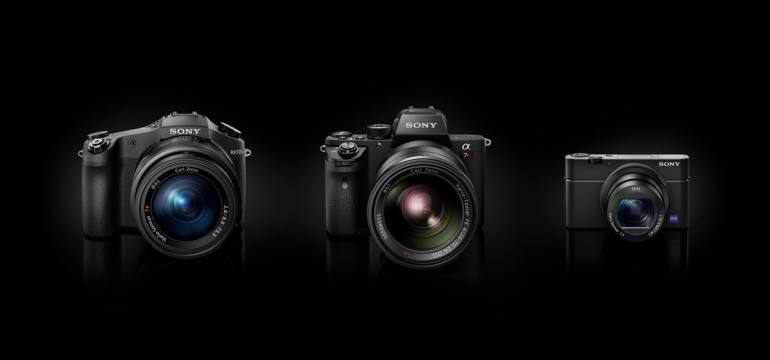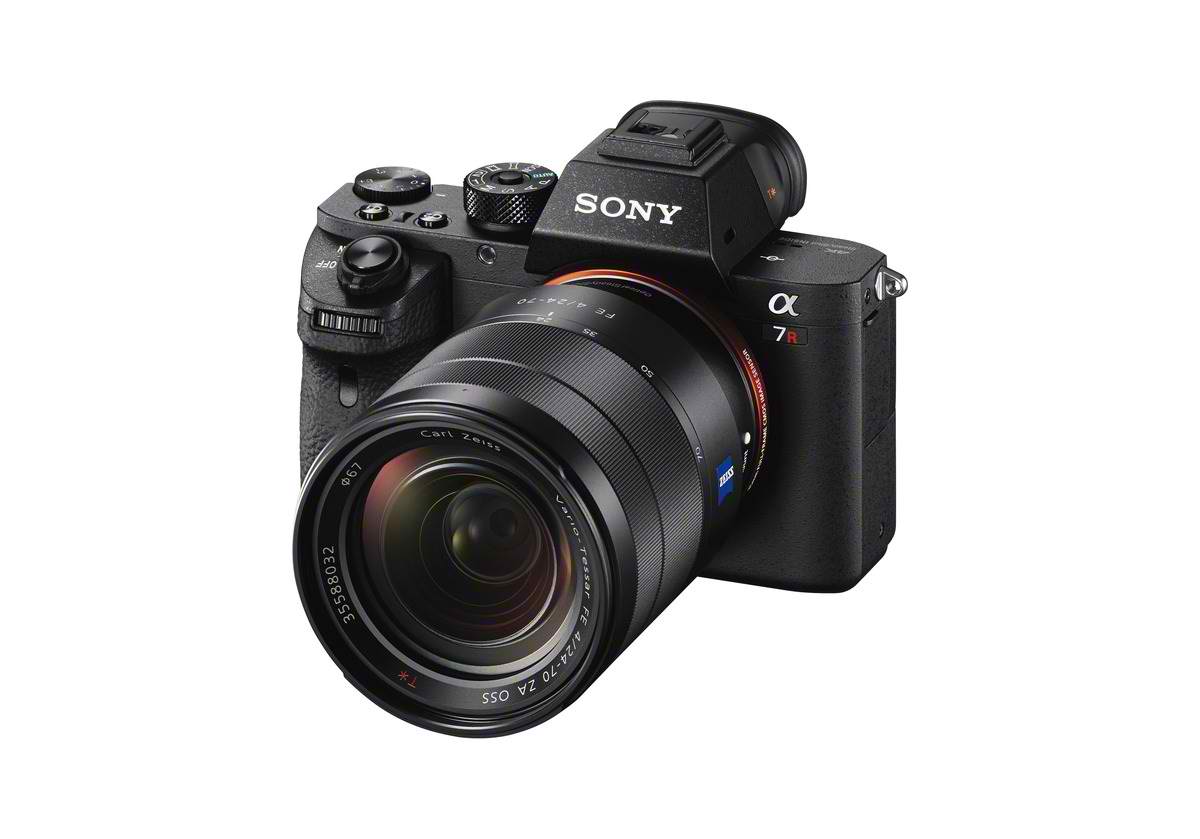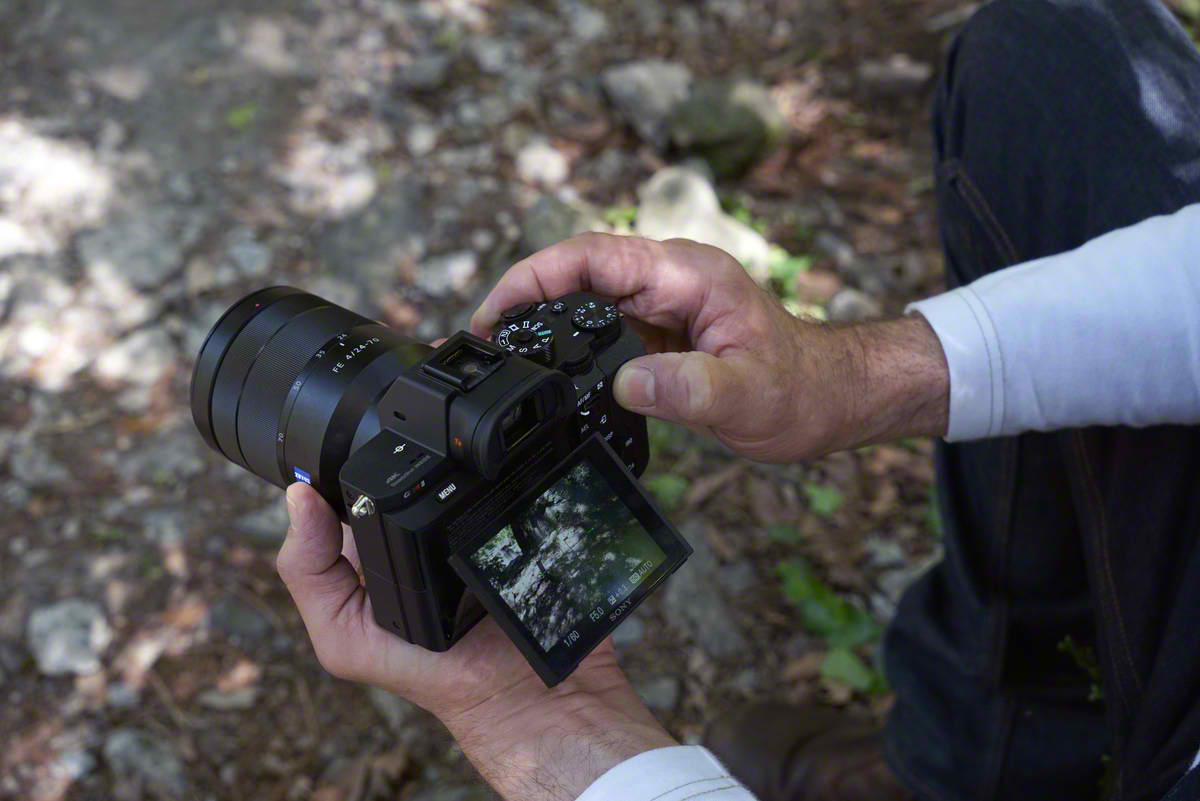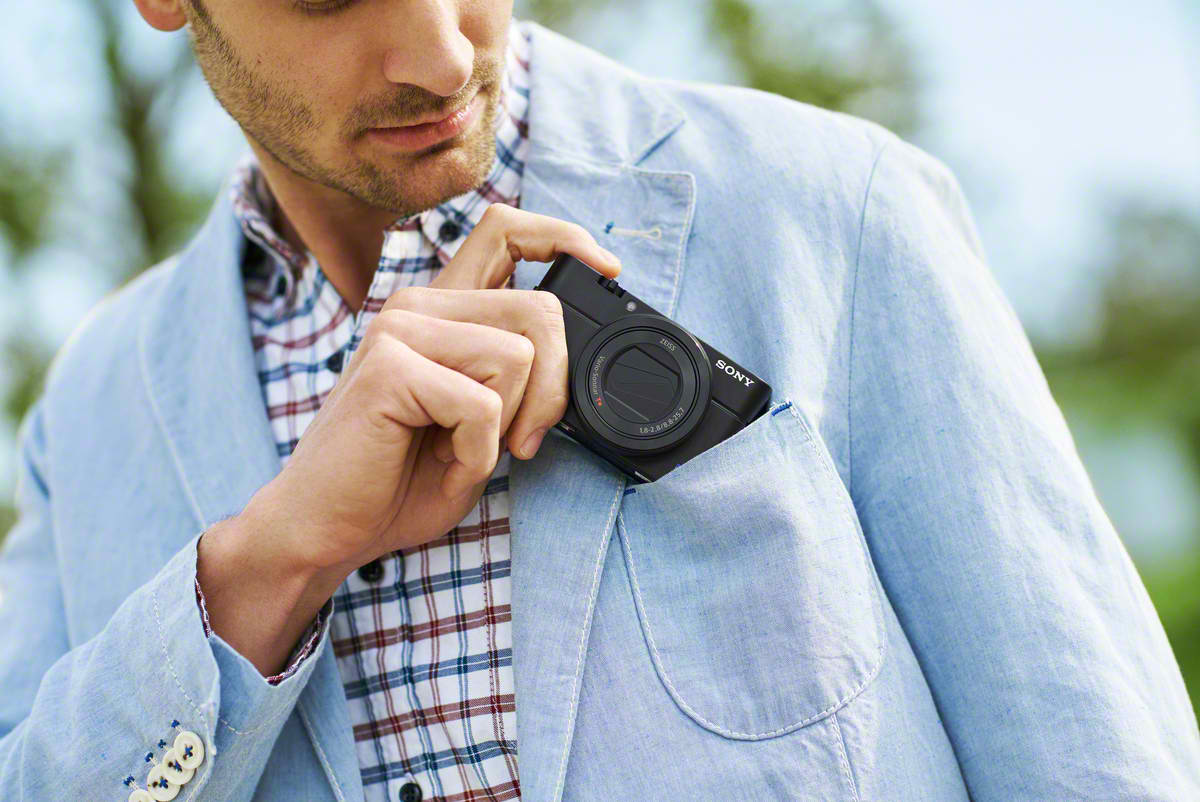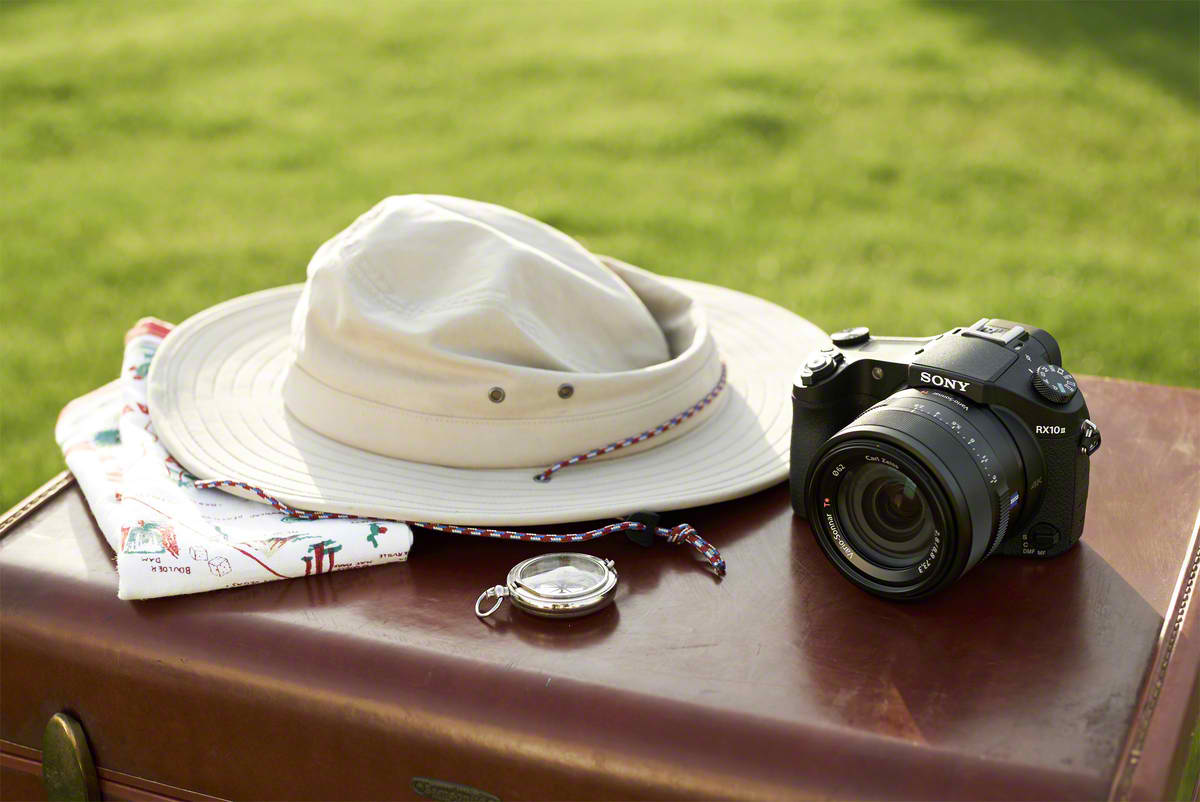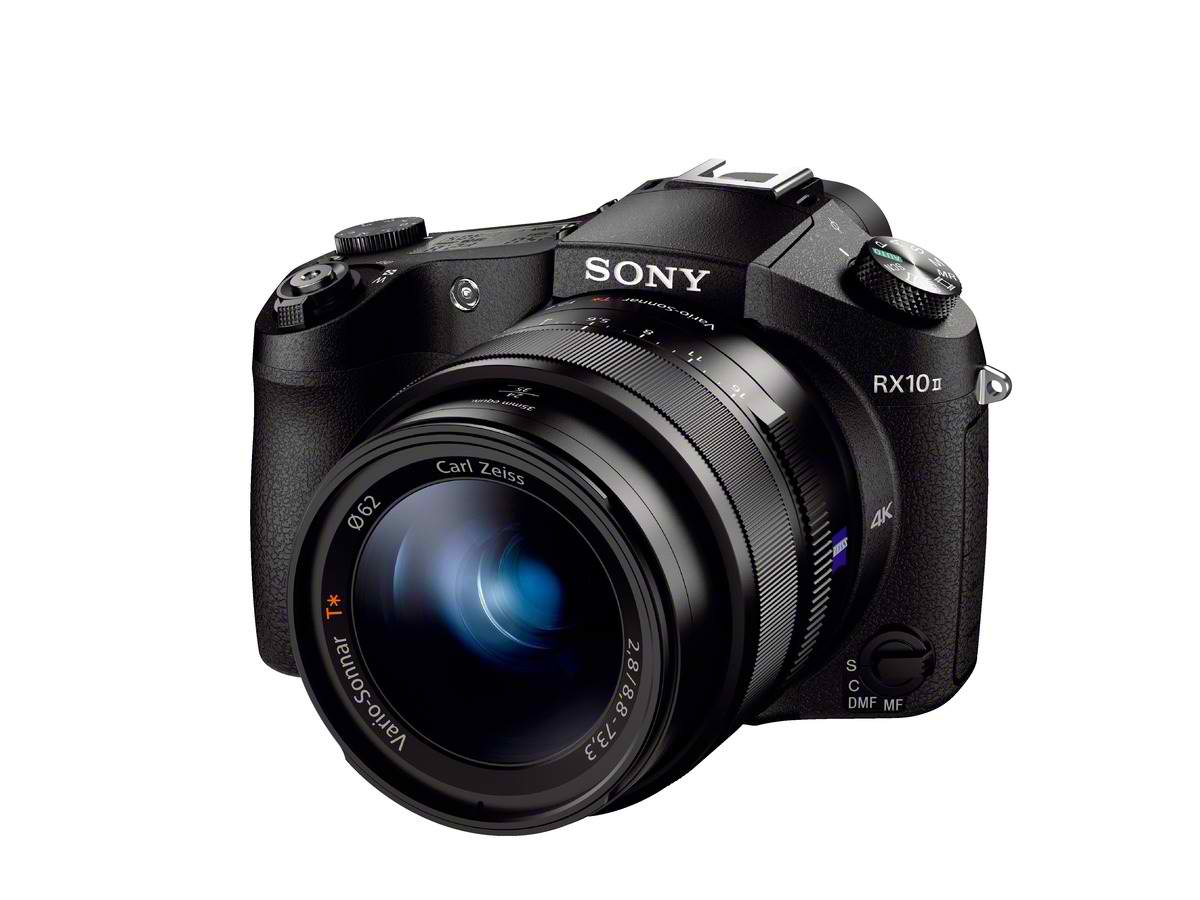Sony went and put everyone else on notice yesterday, updating a few of their most popular cameras with specs and improvements that make everyone else look a little bit behind the times.
A7R Mark II
In the A7R II, Sony has pushed their high megapixel flagship into direct competition with the best cameras made by brands photographers decided to stick with after the original A7R was released. Yes, Sony’s first full frame cameras were smaller and lighter than their DSLR counterparts but that was the extent of the advantages. Most photographers already invested in a full frame DSLR and lenses didn’t see enough of a reason to justify the cost and hassle of switching camera systems. With the A7R II, no one is going to tell you they aren’t at least tempted.
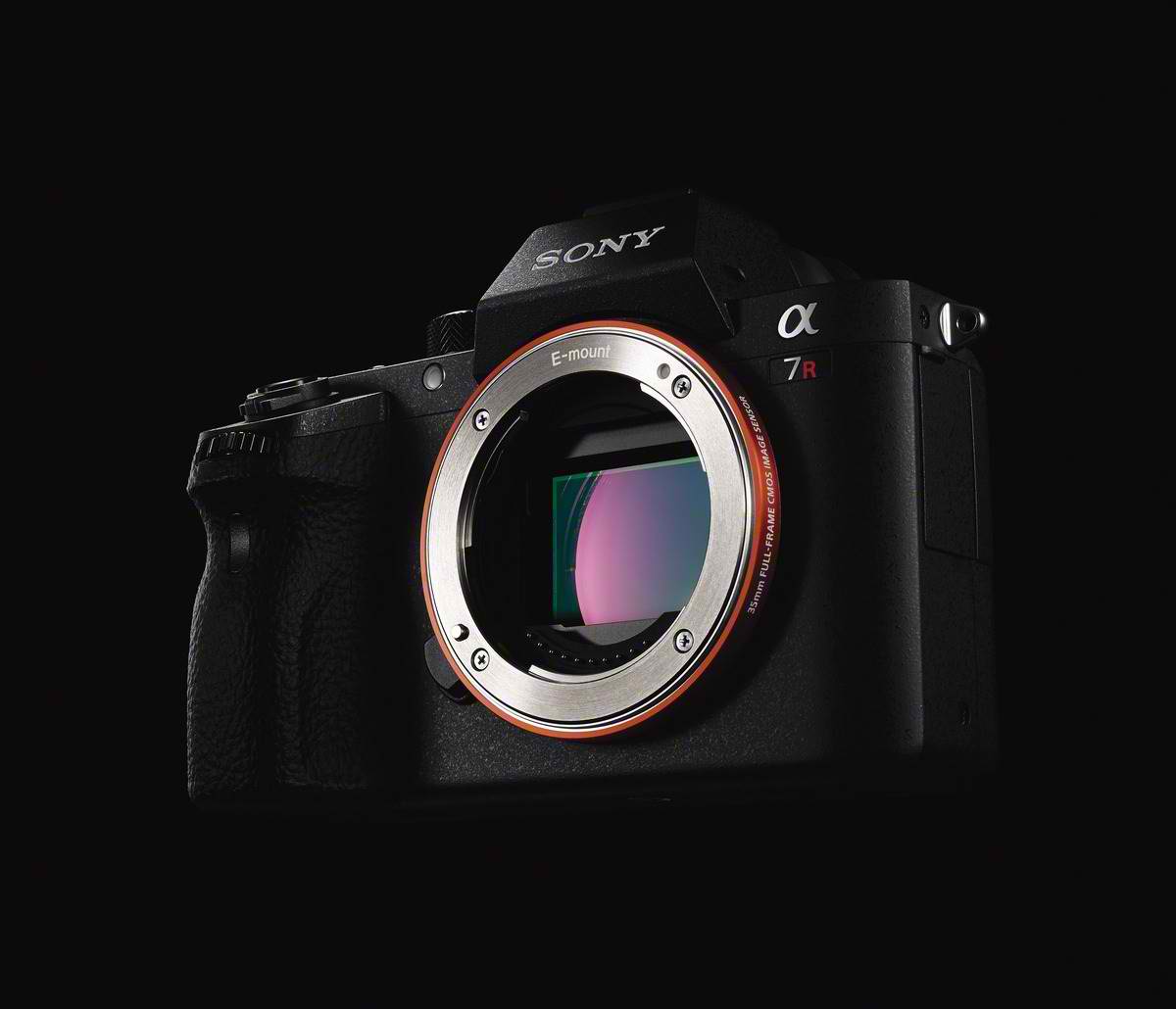
A 42MP full-frame EXMOR R BSI CMOS sensor. 5-axis SteadyShot in-body stabilization. 399 (!) phase-detect and 25 contrast-detect AF points. Internal 4K XAVC S video.
Those major upgrades would be groundbreaking on their own for a full-frame body but combined with Wi-Fi/NFC, a new low-vibration shutter design and a weather-resistant magnesium alloy body, Sony has put just about everything you’d want in a single body. Did I mention the EVF is a 0.5″ 2.36M dot OLED finder that’s ever so slightly bigger at 0.78x magnification than the 0.77x of the previous champ, Fujifilm’s X-T1.
Hard to say without actually using it but if the specs and samples are what we think they are, this will be an absolute beast of a camera.
RX100 Mark IV
The RX100 lineup has long been considered one of the best if not the best cameras that actually fit in your pocket. Yes, we all love the X100 but short of a smart phone, the RX100 is about as portable as it gets.

Along with the RX10 Mark II, the RX100 IV uses an entirely new stacked 1.0″ CMOS sensors which allow for higher image processing speeds. According to Sony: “this ‘stacked CMOS’ design separates the photosensitive region of the sensor into a different layer from the circuitry; this allows more space for the light sensitive portion of each pixel.”
That faster image processing makes the two most exciting features of the RX100 IV possible: 4K video and high frame-rate video. Again, not the first compact camera with 4K but it makes an already good camera even better. There’s also a new “anti-distortion shutter” which is designed to eliminate the rolling shutter effect you get when shooting fast moving objects.
High frame-rate video makes the RX100 IV possibly one of the best affordable slow-motion camera solutions around. You can shoot up to 960 frames per second at 1280×800 resolution and still 240FPS at full 1080p. The only other consumer level camera that does 240FPS in full HD is the iPhone 6 and while Apple’s latest smartphone packs a very good camera, you have far more options in terms of creativity and flexibility with the RX100 IV. Early samples from the camera posted on YouTube look stunning.
RX10 Mark II
The RX10? Well, it got the same upgrades the RX100 got and like the RX100 IV, it looks pretty much exactly the same as it’s predecessor.
At first, I didn’t really understand the appeal of the RX10 given that it’s the same size, if not bigger than many DSLRs, cost just as much and you can’t change the lens. But considering how many people buy DSLRs and never take the kit lens off, the RX10 II might just be the better solution when you realize how good that fixed 24-200mm F2.8 Zeiss lens is.
One notable difference between the RX100 IV and RX10 II is that the RX10 II can shoot 4K video clips up to 29 minutes in length while the RX100 IV cuts off after 5 minutes.
For more information, head over to Sony’s website:
A7R Mark II:
LINK
RX100 Mark IV: LINK
RX10 Mark II:
LINK
The RX100 IV and RX10 II are expected to start shipping mid-July and the A7R II is expected in August. All three will be available at Broadway Camera!


